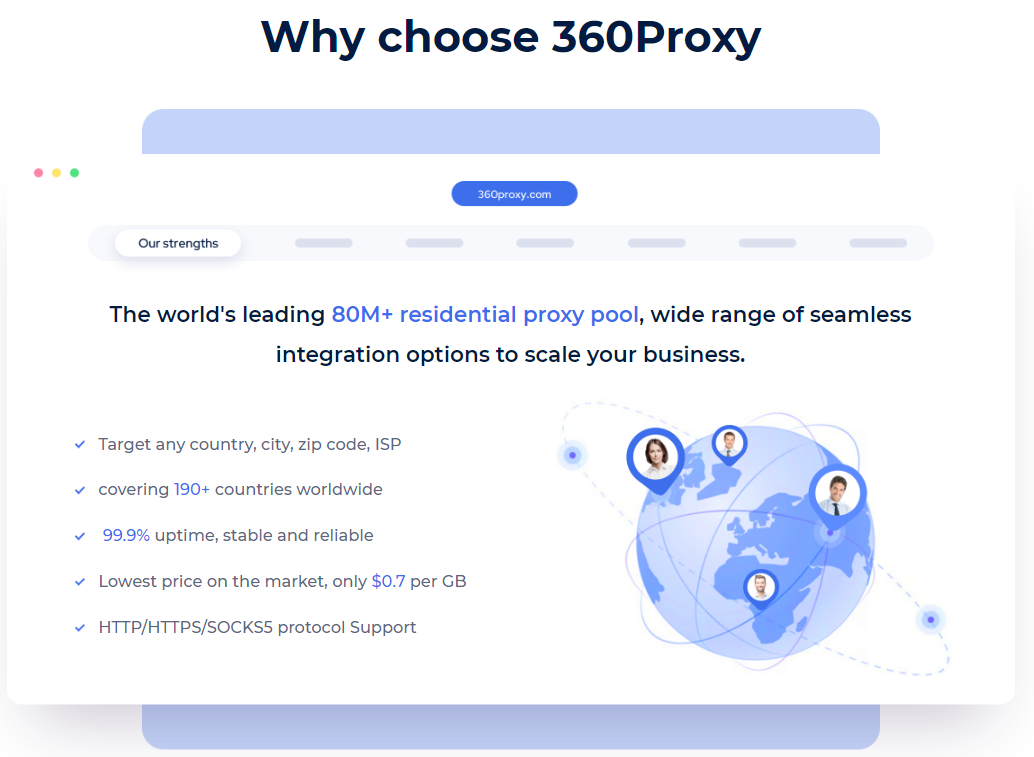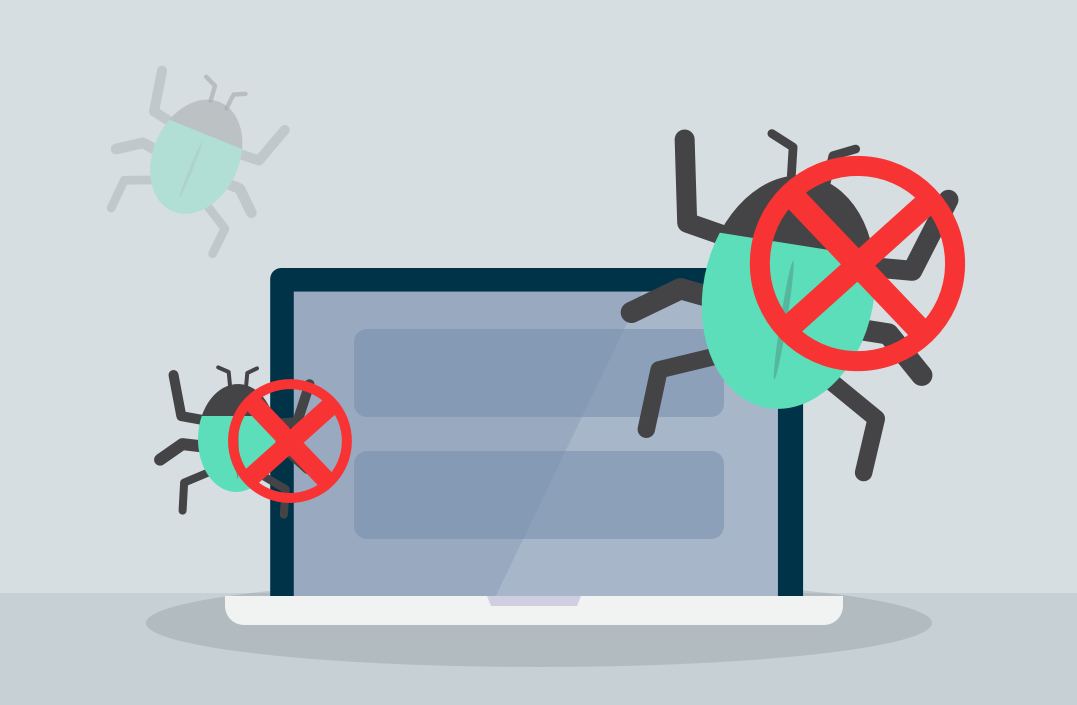With the increasing development of the Internet, crawler technology continues to evolve, and the threats to website privacy and resources are also increasing day by day. In this game, IP proxies have gradually emerged and become a key part of crawler and anti-crawler technology. This article will delve into the role of IP proxy in anti-crawler technology and how it can flexibly respond to the challenges of the defense line in this seemingly endless game.
Basic principles of IP proxy
The basic principle of an IP proxy lies in its role as an intermediary server that can initiate requests on behalf of the user and deliver responses to the user. In this process, the user's real IP address is hidden, and the proxy server's IP address becomes the source of the request perceived by external servers.
How to bypass anti-crawler technology with IP proxy
1. IP rotation and frequent replacement:
Crawlers are often identified and blocked by IP address. IP proxies rotate and frequently change IP addresses, making it difficult for crawlers to track and block for a long time.
2. Use an anonymous proxy:
The use of anonymous proxy can effectively hide the user's true identity, making it difficult for crawlers to accurately determine the true source of the request. This method constitutes a powerful bypass for anti-crawler technologies that rely on user identity information.
3. Application of high-anonymity proxy:
High-profile proxies not only hide the user's IP address, but also disguise more information, making it more difficult for crawlers to identify proxy requests. In situations where a high degree of privacy is required, high-anonymity proxies are an effective choice.
Challenges of anti-crawler technology
1. Human-computer recognition and behavior analysis:
Advanced anti-crawler technology uses human-machine recognition and behavior analysis to determine whether it is a crawler through user behavior pattern analysis. While IP proxies can hide IP addresses, behavioral analysis may reveal the presence of the proxy.
2. Application of verification code and cookies:
Anti-crawler technology includes mechanisms such as verification codes and cookies to confirm the legitimacy of the request by verifying the user's identity. IP proxies can circumvent IP blocks, but they need to deal with these human-machine verification methods.
3. Simulate real user behavior:
Advanced anti-crawler technology simulates real user behavior, such as simulating mouse movements, clicks and other actions. Simple IP proxies may not simulate sufficiently realistic user behavior.
Compliance and ethical considerations
Users and developers should consider compliance and ethical issues when using IP proxies to bypass anti-bot technology. When using IP proxies, you should follow corresponding regulations and ethical guidelines.
Construction of multi-layer proxy chain
In order to improve concealment, users can build a multi-layer proxy chain and forward requests through multiple proxy servers. Such a complex structure makes it more difficult for crawlers to track the user's real IP and increases the difficulty of bypassing anti-crawler technology.
Custom request headers and user-proxy
IP proxy users can simulate the behavior of real browsers by customizing request headers and user proxy information. This method can fool anti-crawler mechanisms that rely on request header information and increase the probability of successful bypass.
Application of dynamic IP proxy pool
Using a dynamic IP proxy pool, users can obtain a large number of dynamic IP addresses and dynamically select them for use upon request. This flexibility makes it harder for crawlers to track users while slowing down the impact of IP blocking.
Monitor the evolution of anti-bot strategies
Users need to constantly monitor the evolution of the website's anti-crawler strategy and whether new technical means are introduced. This helps to promptly adjust the strategy for using IP proxies to adapt to the changing anti-crawler environment.
Reasonable use of IP proxy combined with machine learning
Combined with machine learning algorithms, users can analyze the behavior of the anti-crawler system and formulate more intelligent IP proxy usage strategies. This increases the chance of a successful bypass and reduces the risk of detection.
Maintain IP proxy availability and speed
It is crucial to ensure that the IP proxy used has high availability and fast response times. Regularly detecting the status of proxies and filtering out proxies with better performance will help improve the effectiveness of bypassing anti-crawler technology.
Utilization of community sharing and feedback mechanisms
Sharing IP proxy usage experience and feedback information in the community can obtain more real-time information about website anti-crawler strategies. This information sharing helps users respond to anti-crawling challenges more flexibly.
Construction of distributed IP proxy network
Build a distributed IP proxy network, distributed through proxy servers in multiple geographical locations and different network environments. This distributed structure can effectively reduce the risk of single point failure and increase the stability of the proxy system.
Automated proxy switching and management
Use automation tools to achieve automatic switching and management of proxies. By monitoring changes in the anti-crawler mechanism, the appropriate proxy strategy is automatically selected to reduce the burden of manual intervention on users and improve the flexibility and real-time performance of the system.
Application of intelligent traffic scheduling technology
Introduce intelligent traffic scheduling technology to dynamically adjust the use of proxies according to different network conditions and anti-crawler strategies. This can more effectively deal with the special anti-crawler requirements of different websites.
Integration of customized privacy protection modules
Integrate customized privacy protection modules into the IP proxy system to ensure that users' personal information is protected to the maximum extent during use. This helps establish a trustworthy proxy environment and enhances users' sense of privacy.
Network data encryption and secure transmission
Strengthen network data encryption and secure transmission mechanisms to prevent the leakage of sensitive information during the proxy request process. Use secure transmission protocols, such as SSL/TLS, to ensure the privacy and security of proxy requests.
Multi-dimensional anti-crawler countermeasures
Develop multi-dimensional anti-crawler countermeasures, including simulating user clicks, multi-source data obfuscation and other means. The IP proxy system needs to flexibly adapt to the continuously upgraded anti-crawler technology to provide users with more comprehensive protection.
The game between IP proxy and anti-crawler technology is an ever-escalating competition. Although IP proxies can help users circumvent IP blocks, they also have to face increasingly smart and complex anti-crawler technologies. In this game, maintaining compliance and ethics is crucial. Only by understanding the rules of this game can users and developers find solutions that suit their needs.
360Proxy provides 100% real residential proxy resources, covering 190+ countries and regions, and 80M+ residential IP resources. To meet the different needs of users, such as media account management, ESTY and SEO, 360Proxy is a good assistant that can provide huge help!

 Username: Password
Username: Password
 Whitelist IP
Whitelist IP
 Proxy Manager
Proxy Manager
 Google Chrome Extension
Google Chrome Extension





























 Dashboard
Dashboard Sign Out
Sign Out






























 USA
USA France
France Brazil
Brazil Vietnam
Vietnam Spain
Spain









